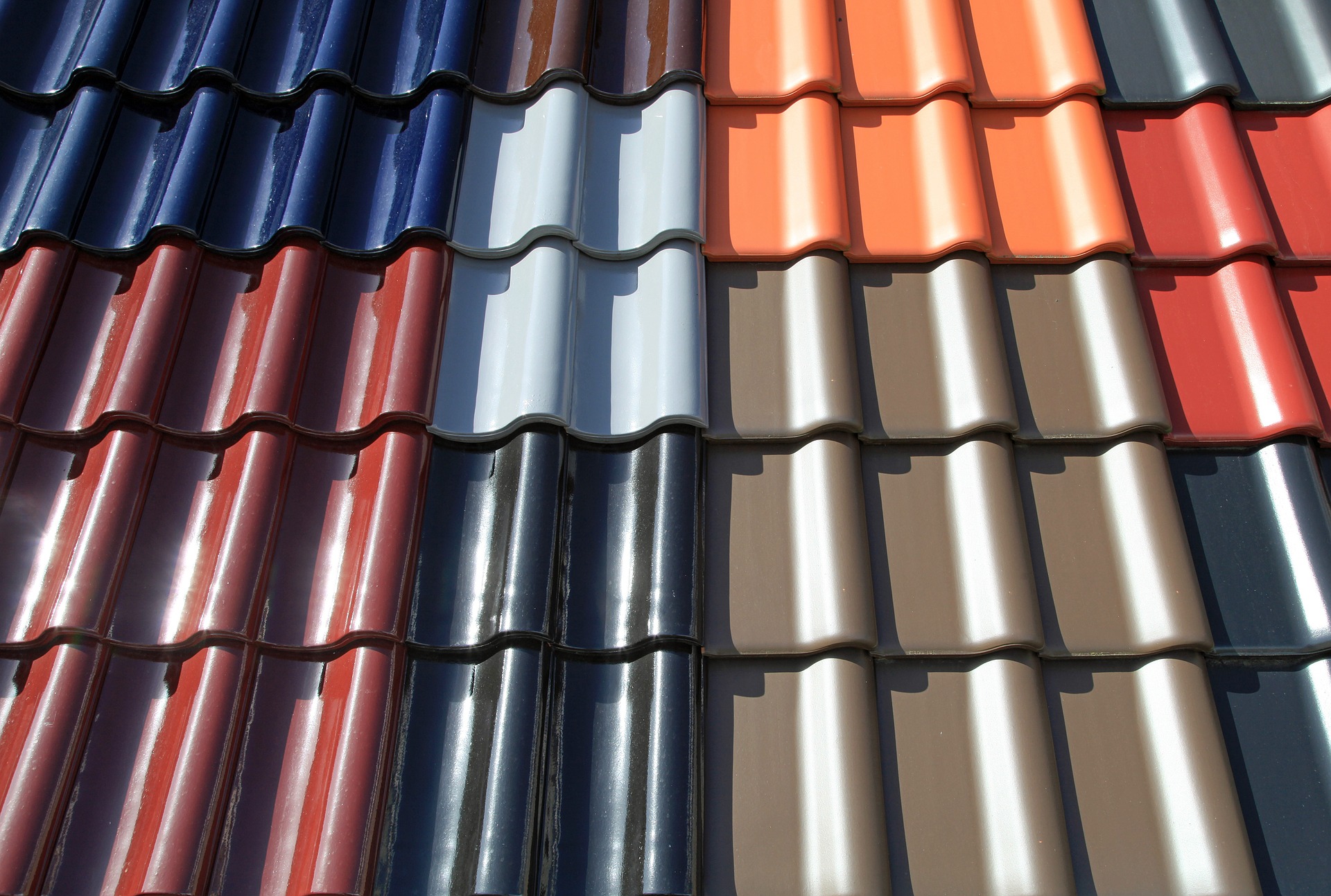Onduline roofing is a popular choice for application in both DIY and professional grade projects. With a history of over 70 years, Onduline has achieved its favoured name as the result of being subject to some serious rigorous testing and development.
What is Onduline Roofing?
For those unfamiliar, Onduline roofing is a bituminous corrugated roofing solution. The roofing sheets are composed of a single layer of organic fibres, melded with bitumen through an intensive pressure and heat process – giving the final product a highly durable finish.
Onduline roofing is often the first material of choice by enthusiasts and professionals due to its weatherproof qualities – a properly fitted sheet is expected to last for fifteen years!
Of course, if Onduline roofing isn’t applied in the correct way, then sheeting may not stand up to the test of time quite so long. We share our top tips to ensure you get the best out of your Onduline roofing purchases:
Get Your Measurements Right
Onduline roofing only comes in one length – 2m x 0.95m – so your first port of call should be to ensure that you have enough material for the job. Of course sheets can be cut, but there’s a minimum requirement for overhang (70mm at the eaves) and pitching (5 degrees.)
Ensure You Have the Right Accessories
At eRoofs, we recommend a minimum of 30 fixings per sheet – so it serves well to have a little in reserve. It’s also a good idea to use the Onduline branded fixings – these have been designed specifically for Onduline roofing applications – and they’re available in a colour to match your chosen roofing colour.
You’ll likely also want to cut your sheeting to size – for this, power tools are the preference, such as a circular saw (coarse blade.) If you don’t have an appropriate power tool to hand, then a well-oiled coarse tooth manual hand saw should do the trick.
Install Your Sheets in the Right Conditions
Bitumen by its nature is prone to softening up under high temperatures. Therefore, it’s recommended against installing bitumen on a hot summer’s day. If the temperature is approaching 35 degrees Celsius – hold off until things cool down. The likelihood is if it’s that hot in the UK, it probably won’t rain any time soon anyway!
Buying Onduline Roofing
Onduline roofing is a great solution for any DIY project. When implemented correctly, roofing can last over a decade – making it a worthy investment. To start your next roofing project, head on over to eRoofs to browse our selection of Onduline.
What are your top tips for installing Onduline roofing? Share with us in the comments below!


Could not have said this better myself. This is a great article, and I appreciate you taking the time to write it. I have been in the roofing business for a long time, and have helped many customers with their roofing repairs, roof replacements, and new roofs. There are many things I try and educate homeowners on, and am going to reference this article.
Onduline roofing is a bituminous corrugated roofing solution that is very good material in roof and can last for a long period of time. Congratulations with this one. Keep posting the best articles like this one.
Many people are using it because this roofing sheet is safe and friendly with the environment. Thanks for your helpful information.
Having a new roof on the home helps to promote safety. An old roof in some cases may collapse or cause part of the home to become unstable.
Did it sweat (condense) on the underside in cold/wet weather, like corrugated steel does?
Hi Bonnie,
Here’s a link all about Onduline and condensation – https://uk.onduline.com/en/diy/condensation-and-ventilation
Thanks,
eDecks.
I have both houses in the Southern Philippines with Onduline roofing. During the Super Typhoon Odette, my roof withstood wind forces exceeding 200mph. The houses around ours were completely destroyed. During heavy rainfalls, onduline absorbs the sound of the rain unlike the galvanized tin roofs where one cannot hear another person talking. onduline also which is an important factor to consider is a very good insulator of heat to the inner house below. I’ve cut cooling costs by this roofing material.
I’m considering having onduline installed. I live in Southern Leyte, Philippines. Is it a good idea? I was wondering about sagging and or leaking.
Hi Henry,
You can learn all about Onduline’s products on their website here: https://uk.onduline.com/en/diy/products
They have specific products for any building use!
Thanks,
eDecks.
Hello! I’m considering using it for a low-cost project in the Philippines. Given that it’s a very good insulator of heat, does it still need a layer of insulation? Also, can it be left exposed if it’s above a living area?
Is it advisable for beach house? Considering rust, salty water of the beach and the strong wind in cases of typhoon?
The roof of my house was completely replaced with Onduline 5 years ago but since last year, it has been leaking and I am unable to locate anyone to fix. The agent who did the installation is no longer in business, presumably because of the Covid-19 pandemic.
Please help me locate your new agent or someone in Thailand. Some phone numbers would help.
Can Onduline be installed on a Arche roof? Is it flexible enough?